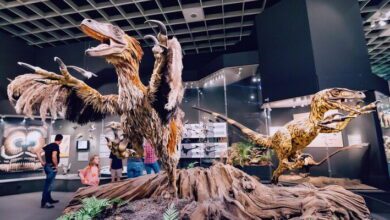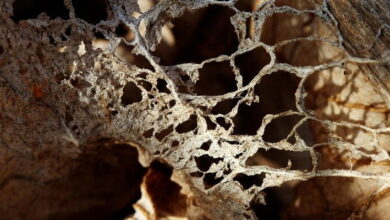Evolutionary History MCQs with Answers

Welcome to the Evolutionary History MCQs with Answers. In this post, we are sharing Evolutionary History Online Test in Biology branch for different competitive exams. Find practice questions with answers of the Evolutionary History test multiple choice questions with answers here. Each question offers a chance to enhance your knowledge regarding Evolutionary History.
| This concept, tracing the history of the origins and development of life on Earth, forms the conceptual framework in which it can be used to understand the diversity of life and how evolution actually works. Evolutionary change is allowed to create itself, and all organisms are connected in their evolution. Perhaps the most straightforward tenet of evolutionary history is the theory of evolution through natural selection, as first hypothesized by Charles Darwin himself-that species over time through variation enhance survival and reproduction in their environment. Fossil records, comparative anatomy, and molecular biology serve as central tenets of evidence for evolutionary history. Fossils can provide insight into chronological records of life forms and how they transition; comparative anatomy shows structural similarities and differences that point to common ancestry. The fact that molecular biology further supports evolutionary history through genetic analysis proves how the DNA sequence of particular sites has changed over time. Through such genetic evidence, the scientists are enabled to understand the relationships between different species and the lineage of genes. It also magnifies this investigation of evolutionary history in the context of the significance of landmark events in the life history record-not least including, among others, the explosion of diversity in complex organisms at the Cambrian and mass extinctions that have resculpted life on Earth. Understanding the evolutionary history brings mechanisms of evolution, adaptive ability of organisms, and response from biodiversity to any environmental change. It forms an important aspect in conservation biology, genetics, and paleontology as advancement in knowledge from the natural world. |
Evolutionary History MCQs with Answers Quiz
By presenting 3 options to choose from, Evolutionary History Quiz which cover a wide range of topics and levels of difficulty, making them adaptable to various learning objectives and preferences. Whether you’re a student looking to reinforce your understanding, our Biology Online Quiz platform has something for you.
- Test Name: Evolutionary History Online Test
- Type: MCQ’s
- Total Questions: 60
- Total Marks: 60
- Time: 60 minutes
Note: Questions will be shuffled each time you start the test. Any question you have not answered will be marked incorrect. Once you are finished, click the View Results button.
Download Evolutionary History Multiple Choice Questions with Answers PDF
You can also download Evolutionary History Multiple Choice Questions with Answers from the link provided below. To Download file in PDF click on the arrow sign at the top right corner.
If you are interested to enhance your knowledge regarding English, Physics, Chemistry, Computer, and Biology please Click Here.




